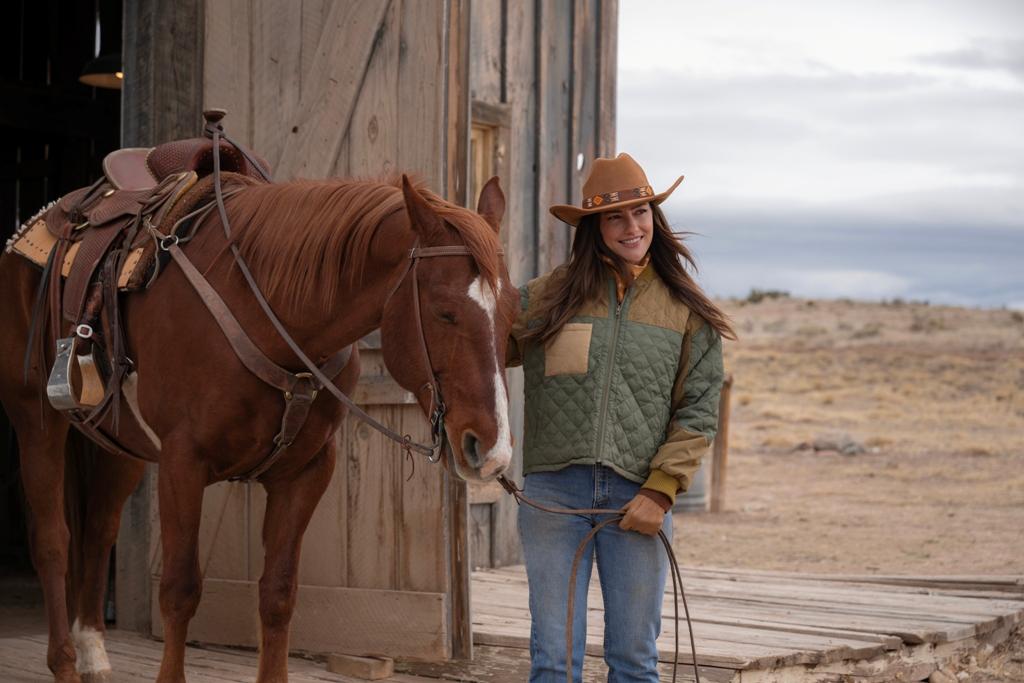Easily the most horrific event of the 20th century, the Holocaust is also a seemingly endless source of inspirational and heartbreaking films that remind each subsequent generation that evil in all of its forms can and must be thwarted.
“The Forger” is based on the autobiography of Cioma Schönhaus (Louis Hofmann, “Dark”), a German-born Jew who survived the Nazi occupation of Berlin with charm, quick thinking, fearless wit, and a gift for doctoring government-issued identification documents.
Based on the Schönhaus 2004 memoir “Der Passfälscher” (translation: “The Forger”), the screenplay was written by director Maggie Peren and contains many of the same thematic anti-Nazi elements of her criminally underrated “Before the Fall,” also released in 2004.

Party Boy
A guy who clearly loves to par-tay, Cioma requires three alarm clocks to wake up every morning in order to make it to work on time. Cioma’s boss would love nothing more than him showing up late more than once, which could give him reason to fire him and send him packing.Through an anonymous tip, Cioma is contacted by Franz Kaufmann (Marc Limpach), an icy, all-business facilitator of black-market IDs. Kaufmann recognizes that Cioma’s background in graphic design would make him an ideal subcontractor to forge IDs for German Jews wanting to escape to neighboring Switzerland.
Kaufmann is working on behalf of the “Confessing Church,” a Protestant organization sympathetic to the Jewish plight, and entices Cioma not with cash but something far more valuable: food ration coupons. Metaphorical gold, these coupons are coveted by Jews and Gentiles alike; they are used not only for sustenance but also for a multitude of vices, including bootlegging and prostitution.
Regarding the latter, Cioma soon crosses paths with a woman calling herself Gerda (Luna Wedler), the wife of a soldier stationed far away in hostile territory. Recognizing the chances of her husband’s return are slim, Gerda trades her affections to Cioma for coupons but soon starts falling for him.
Measured Storytelling
Depending on your storytelling preferences, you could view Peren’s pacing as either languid, listless, and plodding, or precise, patient, and measured. As I favor the latter, I appreciated Peren not spoon-feeding me the plot and allowing the story to breathe. She waits a full hour before starting to reveal many twists, while spending the entire running time carefully constructing multiple character arcs.The motivations and perspectives of all five principals change greatly over the course of the narrative, providing an excellent example of a character-driven storyline. This goes far in covering up a handful of holes in the plot. When you care about the fates of the people, it’s easier to overlook some missing details.

What’s harder to ignore is the lensing, lighting, and production design. Yes, it’s a movie set in war-torn Berlin, and sparse is apropos to set the mood, but far too much of the finished product is overly dreary and flat. This becomes more glaring during the “intimate” scenes featuring Cioma and Gerda and office encounters including Cioma and Kaufmann.
Director of photography Christian Stangassinger pinches a great deal from the Gordon Willis playbook by including warm hues with deep blacks that would be right at home in the first two installments of “The Godfather” trilogy.
From a “Monday morning quarterbacking” perspective, Peren would have served the story better had she shot everything in black and white à la “Schindler’s List.”
Shortcomings aside, “The Forger” is another little-known Holocaust story showing how people under duress discover the “better angels of their nature” almost by default and do the right thing, even if it means perishing in the process.






